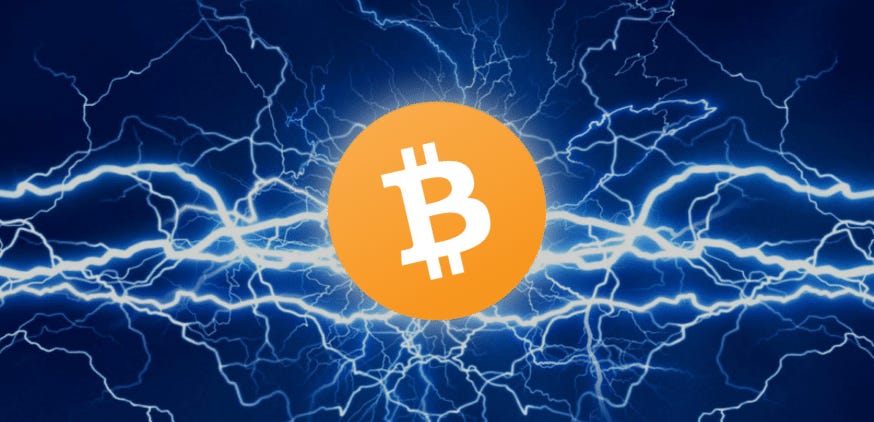Why Bitcoin can't scale for 8 billion people (and why that's not a problem)
The truth about block size, Lightning, and the clever ways bitcoin handles its biggest challenge.
Scaling Bitcoin: The challenge
Bitcoin was never designed to process every transaction in the world. With a 1MB to 4MB block size and new blocks created roughly every ten minutes, Bitcoin has an inherent data limit of about 24MB per hour. That makes block space extremely scarce. But this isn't a bug; it's a critical feature.
Why not just increase the block size?
Scaling on-chain might seem like the obvious fix, just make blocks bigger, right? But this introduces multiple problems. Bigger blocks take longer to propagate, increasing the risk of chain splits. They require more storage, more bandwidth, and more memory, limiting who can run a full node. This leads to centralisation, as we've already seen with chains like Ethereum and Solana.
Also, changing Bitcoin's block size would require broad consensus. That's hard to achieve, and intentionally so. If changing Bitcoin was easy, attackers could manipulate it. The resistance to change is a protective mechanism.
Block space as a free market
Limited block space leads to the emergence of a transaction fee market. When blocks are full, users bid for space. During high congestion periods in 2024, fees soared as users rushed to get their transactions confirmed. This mechanism is crucial because the block subsidy, the fixed amount of new bitcoin awarded to miners, halves every four years. Over time, transaction fees will sustain the network.
Why layer 2 matters: Lightning and batching
Rather than putting everything on-chain, Bitcoin's scaling happens in layers:
Batching: Exchanges can combine withdrawals into a single transaction.
Lightning Network: A second-layer payment system that enables fast, cheap, off-chain transactions. Two parties can transact thousands of times on Lightning, only settling on-chain very occasionally.
Federated mints (Fedimint): Emerging community-run banks using e-cash and Lightning to offer privacy and scale.
These solutions preserve Bitcoin's decentralisation while increasing its throughput.
The role of custodial wallets and Bitcoin banks
Not every transaction has to hit the blockchain. Wallets like Cash App or Strike can transfer balances internally. Bitcoin banks, ranging from highly regulated apps to community-run fedimints, can hold and manage Bitcoin on behalf of users, issuing tokens or credits redeemable for actual BTC.
This introduces trade-offs. Custodial systems can censor, freeze, or mismanage funds. But with proof-of-reserves, users can verify solvency. The risk can be mitigated, though never entirely eliminated.
Hard truths and long-term risks
Every scaling method comes with trade-offs. The Lightning Network still requires occasional on-chain transactions. Custodians require trust. New opcodes or protocol upgrades could introduce unknown risks, and consensus is difficult to achieve.
Bitcoin's conservative development ethos means change is slow, but this is a strength, not a weakness. Any attempt to optimise must pass through the filter of decentralisation, auditability, and user sovereignty.
The endgame: What success looks like
A world of:
Minimal on-chain transactions
Widespread Lightning adoption
Community-run federated banks
Transparent custodians with proof-of-reserves
...would allow Bitcoin to scale to billions without sacrificing its core principles.
The takeaway
Bitcoin won't scale by putting everything on the base layer.
That's not the point. Through clever design, second layers, and a decentralised ecosystem of custodians and tools, Bitcoin can still become a global financial standard. without breaking itself in the process.


